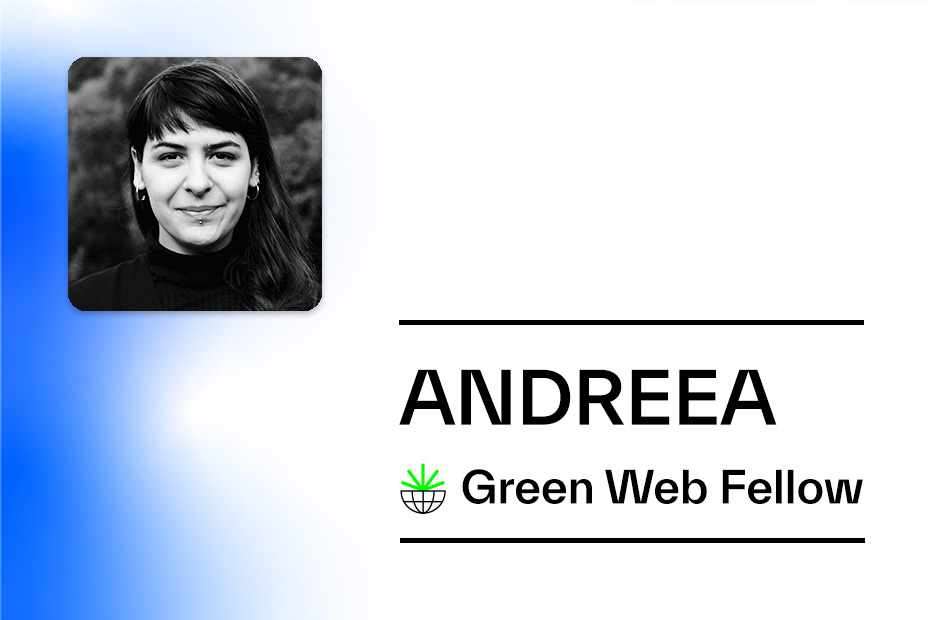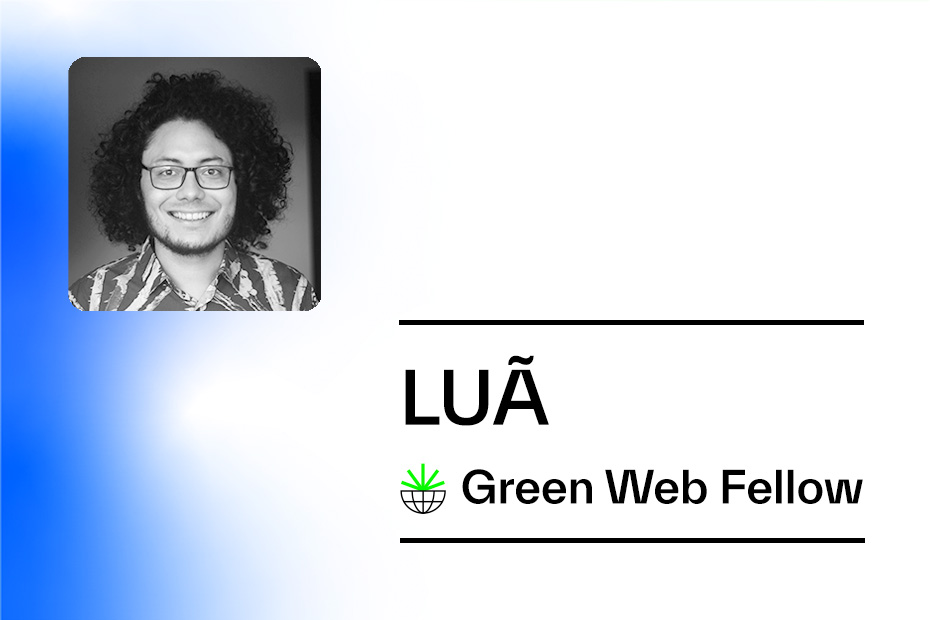Introduction
The art and science of cartography have been fundamental in shaping our understanding of our world for thousands of years. However, the creation of Geographic Information Systems (GIS) has revolutionised mapmaking, putting the ability to create complex maps (with larger datasets) in the hands of everyday people. This evolution brings to the forefront the critical importance of ethical considerations in mapmaking, especially within the realm of GIS.
Historical Context of Cartography
The story of cartography is a fascinating journey through human history. Ancient maps, often symbolic, were more than just tools for navigation; they were expressions of our understanding of the world. From Babylonia’s ‘Imago Mundi’, the earliest known map, to the ‘Cantino Planisphere’, a map with many firsts but of questionable origin, each era’s maps reflect its cultural, technological, and philosophical perspectives.
As European colonists ventured into uncharted waters, the need for maps that both gave direction and laid claim to land increased. This period saw the emergence of cartography as a scientific discipline in Europe with various techniques for projections, or ways to depict the three-dimensional surface of the Earth on a flat plane. However, these were not without their problems either. Maps “secure the power of its makers” so it’s not surprising that a map often taught in schools around the world enlarges countries at the poles and shrinks countries near the equator.
The 18th and early 19th centuries brought further advancements. The invention of the printing press allowed for the mass production of maps, making them more accessible to the public. This period also saw the development of topographic mapping (maps that also display elevations) and the systematic surveying of land using telescopes and other optical technologies for more accurate measurements.
The Digital Revolution and GIS
The years since the late 19th century further transformed cartography. Aerial photography and satellite imagery made it possible to document large swaths of land from above. Later on, the introduction of computers enabled the storage, analysis, and visualisation of vast amounts of geographical data, ultimately leading to the development of Geographic Information Systems (GIS).
GIS represented a shift in mapmaking. No longer confined to static, two-dimensional representations, cartographers could now create dynamic, multi-layered maps that could be updated in real-time. The availability of web-based platforms further democratised the practice, providing a way for many to map the world around them .
Ethical Considerations in Modern Cartography and GIS
As cartography transitioned from paper to pixels, new ethical considerations emerged. GIS made it possible to manipulate and analyze data, raising questions about the representation of reality, the potential for bias, and the privacy of individuals represented in geospatial data.
Today’s cartographers and GIS specialists face ethical dilemmas that go beyond the traditional concerns of accuracy and representation. The digital nature of GIS allows for the collection, analysis, and distribution of vast amounts of spatial data. This raises questions about privacy, especially when tracking movements or behaviors. Additionally, this data, when used and replicated in mass, can result in individuals being put in danger due to incorrect information.
Moreover, the potential for data manipulation or bias in GIS can significantly impact decision-making processes in environmental and climate justice including placing landfills in areas where the most vulnerable live.
Key Ethical Frameworks and Regulations in GIS and Cartography
However, the good news is that we’re not starting from scratch. As Kenneth Field writes in ‘Ethics in Mapping’, there have been a few attempts to establish ethical codes to the field. The British Cartographic Society specifies that its members should be guided by: honesty, integrity, competence, respect, and responsibility. Another group of cartographers have published the Mapmaker’s Mantra with the goal of “preserv[ing] the authority of maps by reminding the mapmaking community of their ethical and moral responsibility to tell the truth with maps.” This mantra includes principles such as:
- Be honest and accurate
- Be transparent and accountable
- Minimize harm and seek to provide value
- Be humble and courageous
EthicalGeo and its supporters have taken this a step further and developed a proposed set of guiding principles for practitioners. These principles include:
- Realise opportunities
- Understanding impacts
- Do no harm
- Protect the vulnerable
- Address bias
- Minimise intrusion
- Minimise data
- Protect privacy
- Prevent identification of individuals
- Provide accountability
UNICEF Innocenti has also conducted research into this area and developed a Checklist for Ethical Use of Geospatial Technologies for Evidence Generation. While aimed primarily at the work they do and ensuring that their beneficiaries are protected, it provides guidance for ensuring privacy and security, understanding the risks of the platforms used, infrastructure challenges, and even engaging communities.
Then there’s the component of community creation. In ‘Are Multi-Sensory Maps Possible?’, Madhuri Karak writes that “communities around the world…threatened by pollution, resource extraction, or environmental disasters, communities challenged official maps with maps of their own. Unlike state-sanctioned maps’ emphasis on governance and ownership, community-created maps offer a powerful tool to recenter local relationships with landscapes.” Which begs the question: Who should be leading mapping initiatives to begin with?
Looking Ahead
As I move into the next month of this fellowship, I’m looking forward to exploring some of the following questions:
- How do these frameworks and regulations work when geospatial data is crowdsourced or data is automatically collected by the devices we use?
- Is there room for community creation as part of ethical mapping?
- How can these ethical frameworks be translated for use by those that are not geography practitioners (i.e. community leaders, activists, and members) but have a need for GIS within the space of environmental and climate justice?
- What role do national geospatial regulations play in encouraging these practices?
- And lastly, whose maps are most trusted?
I’d love to hear from anyone exploring the above topics or with a need for geospatial data! You can get in touch with me via hi[at]cathyr.com.
As we all continue to navigate and map the effects of climate change on this planet, the importance of following ethical frameworks cannot be overstated. These tools have the power to shape our understanding of the world and influence critical decisions affecting people and the planet. Therefore, it is imperative that we approach geospatial data and its accompanying technologies with a strong moral compass, ensuring that these powerful tools are used responsibly and for the greater good of society.



